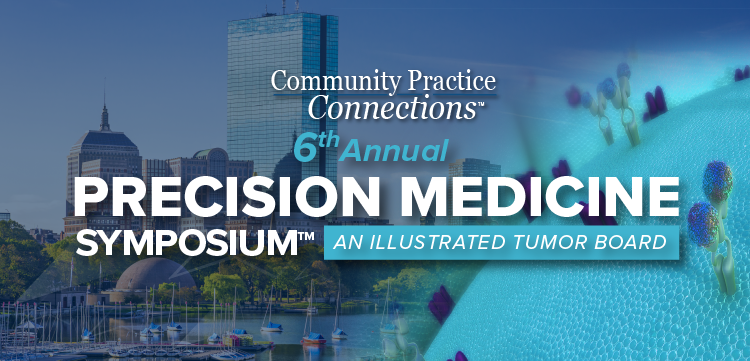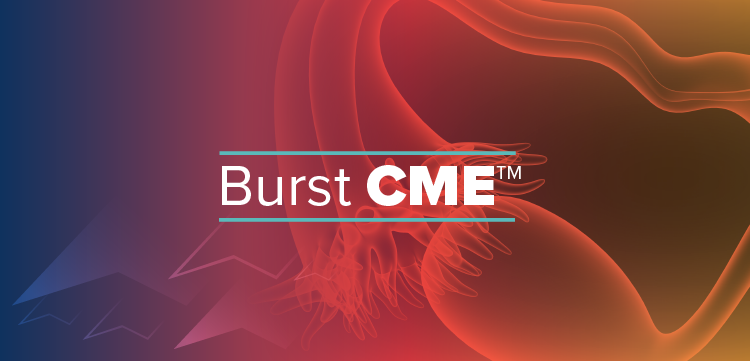
Social Factors Affected Survival of Young Patients With AML
Nonbiological factors such as insurance and marital status and county-level income were found to independently affect the survival of younger patients with AML.
Nonbiological factors, or factors not related to a disease, were found to independently affect the survival of younger patients with acute myeloid leukemia (AML). Specifically, researchers found that insurance status, marital status, and county-level income affected short- and long-term mortality of these patients, according to a study
“We believe these three factors indicate lack of material and social support preventing young patients from successfully walking the long and difficult road towards a cure,” said lead author Uma Borate, MD, assistant professor in the division of hematology and oncology at the University of Alabama at Birmingham, in a prepared statement.
Borate and colleagues looked at 5,541 patients age 19 to 64 years diagnosed with AML between 2007 and 2011 taken from the Surveillance, Epidemiology, and End Results (SEER) registry. They examined nonbiological factors including marital status, insurance status, and county-level income and education, as well as biological factors, to assess their effect on survival.
The median overall survival of the cohort was 16 months. When the researchers conducted a multivariate analysis, they found that insurance status, marital status, and county-level median household income were all independently associated with survival.
Patients without health insurance or those with Medicaid had a median survival of 13 months compared with 17 months for patients with private insurance. Single and married patients had a median survival of 16 months compared with 13 months for divorced patients and 10 months for widowed patients. Finally, patients in counties with a median household income in the first, second, or third quintile had a median survival of 14 months compared with 17 and 22 months for the fourth and fifth quintile, respectively.
“An increased risk of death was independently linked to being a Medicaid beneficiary, uninsured, single, or divorced or residing in a county with a median household income in the lower three quintiles,” the researchers wrote. “Education and distance to an HSCT [hematopoietic stem cell transplantation] center did not appear to independently predict survival.”
The study also showed that these three factors affected both early and late mortality, and the researchers confirmed this effect among patients known to have received chemotherapy (88.7% of the cohort).
“Health care professionals and institutions caring for patients with AML should be able to identify socially vulnerable patients who may benefit from additional resources and support during their therapy,” the researchers concluded. “Future research should focus on mechanisms by which nonbiological factors negatively affect the outcomes of younger patients with AML and develop tools to minimize their impact.”
Newsletter
Stay up to date on recent advances in the multidisciplinary approach to cancer.




















































































